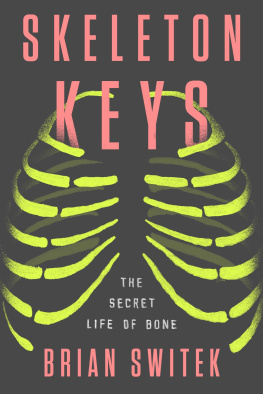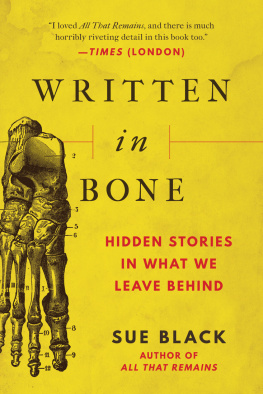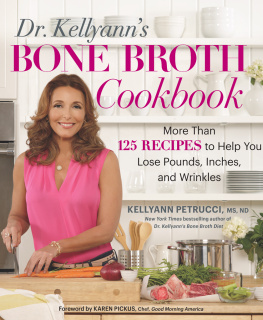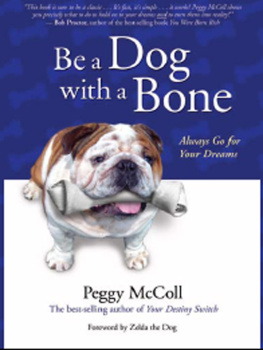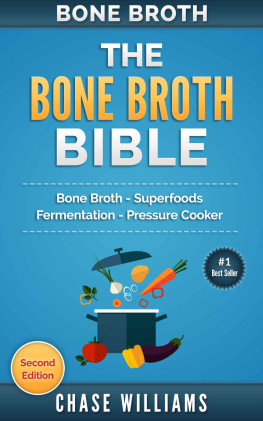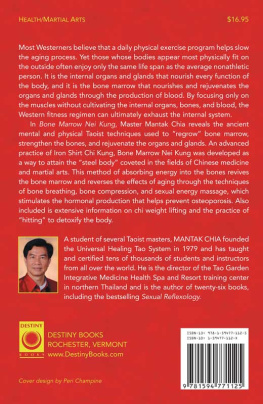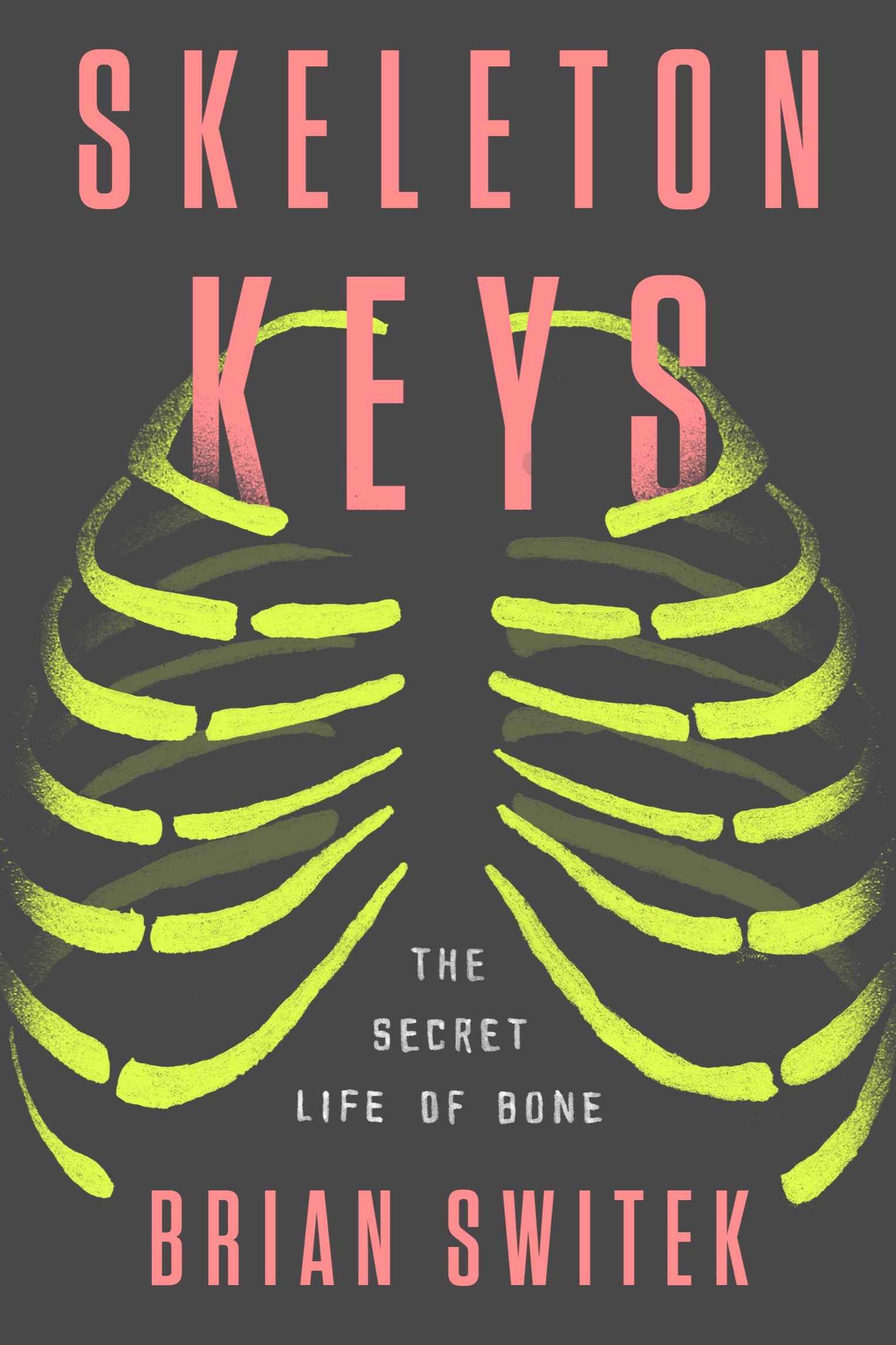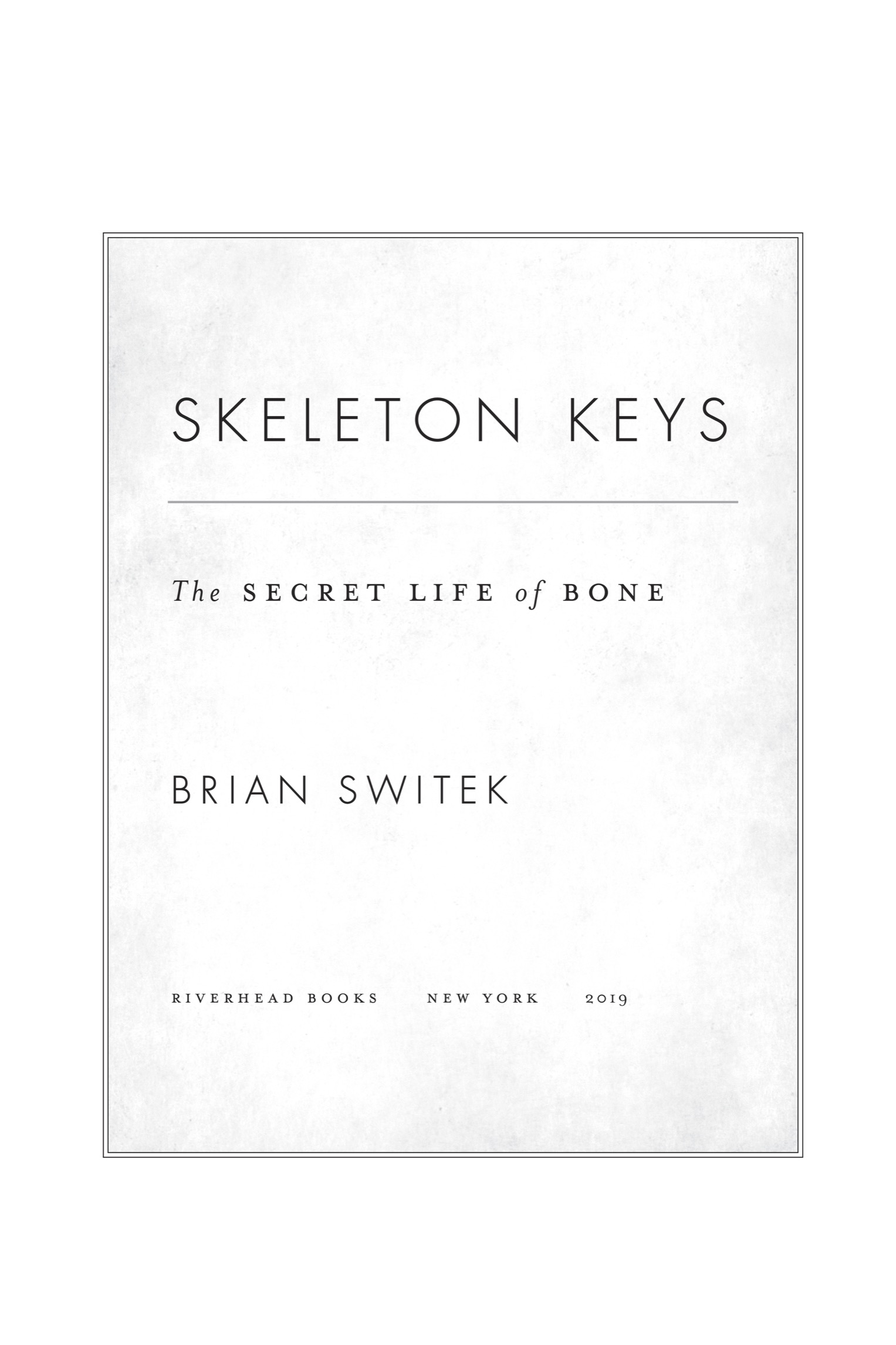ALSO BY BRIAN SWITEK
FOR ADULTS
Written in Stone
My Beloved Brontosaurus
FOR CHILDREN
Prehistoric Predators

RIVERHEAD BOOKS
An imprint of Penguin Random House LLC
penguinrandomhouse.com
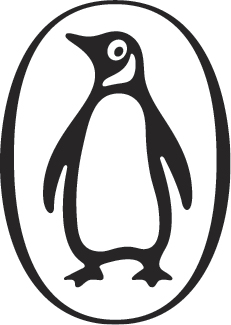
Copyright 2019 Brian Switek
Penguin supports copyright. Copyright fuels creativity, encourages diverse voices, promotes free speech, and creates a vibrant culture. Thank you for buying an authorized edition of this book and for complying with copyright laws by not reproducing, scanning, or distributing any part of it in any form without permission. You are supporting writers and allowing Penguin to continue to publish books for every reader.
Drawings in chapters 1, 4, 5, 6, 9, and 10: Osteographia, or the Anatomy of Bones by William Cheselden (London, 1733). From the Wellcome Collection.
Drawings in the introduction and chapters 7 and 8: Osteographia, or the Anatomy of Bones by William Cheselden (London, 1733). From the National Library of Medicine Collection.
Drawings in chapters 2 and 3: After William Cheselden, 1830/1835? From the Wellcome Collection.
Library of Congress Cataloging-in-Publication Data
Names: Switek, Brian, author.
Title: Skeleton keys : the secret life of bone / Brian Switek.
Description: New York : Riverhead Books, 2019. | Includes bibliographical references and index.
Identifiers: LCCN 2018037813 (print) | LCCN 2018039921 (ebook) | ISBN 9780399184918 (ebook) | ISBN 9780399184901
Subjects: LCSH: Human skeleton. | Bones.
Classification: LCC QM101 (ebook) | LCC QM101 .S5487 2019 (print) | DDC 611/.71dc23
LC record available at https://lccn.loc.gov/2018037813
BOOK DESIGN BY MEIGHAN CAVAN AUGH
Version_1
For Fox
So you can better trace my skeletal stories.
CONTENTS
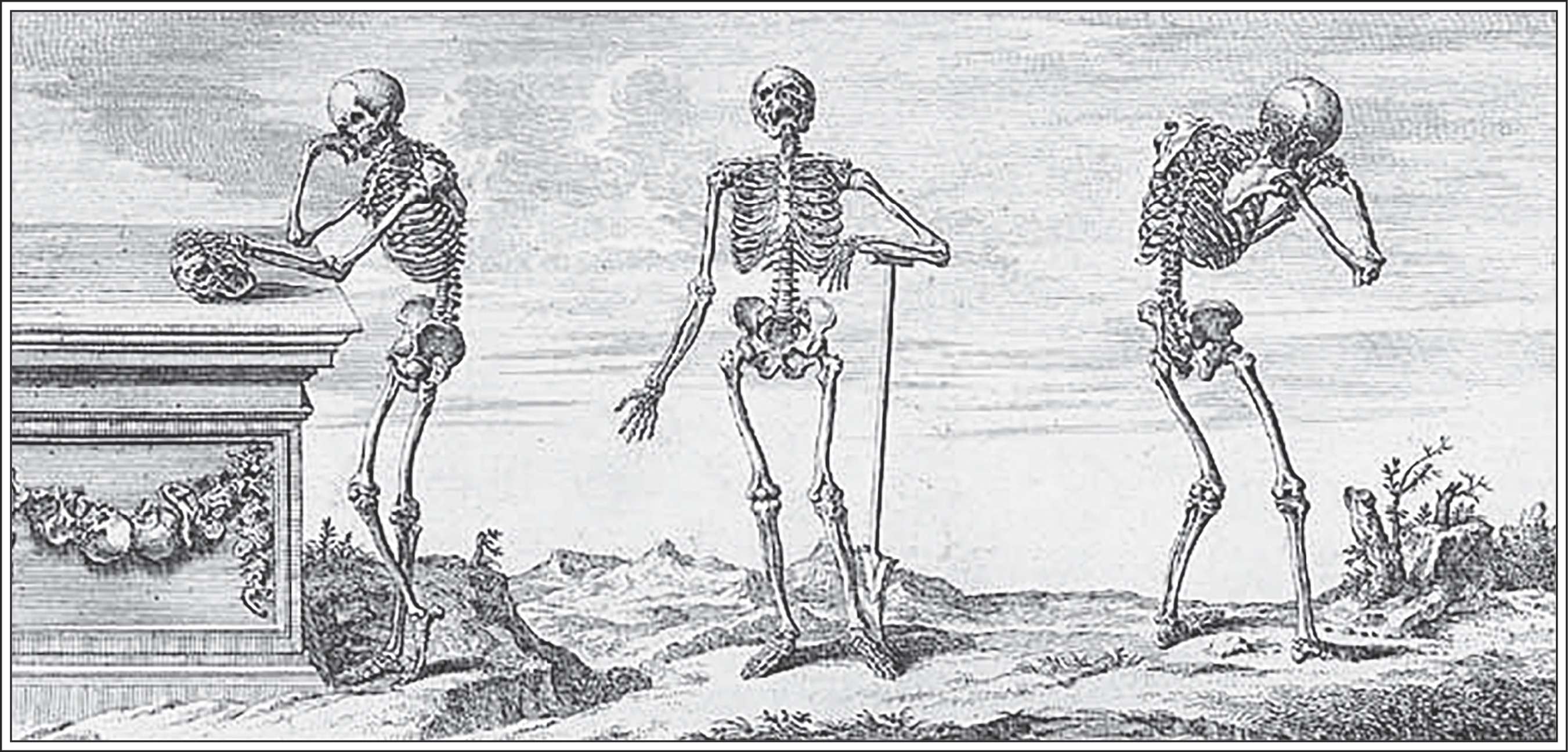
INTRODUCTION
CUT TO THE BONE
When Geza Uirmeny decided to take his own life, he turned to a blade. Precisely what was tormenting the seventy-year-old Eastern European shepherd is a secret kept by his remains. The tiny placard affixed beneath his toothless skull in a cabinet of wood and glass at downtown Philadelphias Mtter Museum doesnt say whether it was financial stress, heartache, or any of the other painful circumstances of human life that led him to choose his own way out. But the postmortem grin formed by his jaws speaks to what happened next.
What Uirmeny didnt know when he raised the cutting edge to his neck was that part of his throat had transformed to bone. This happens to everyone to a greater or lesser extent. The flexible cartilage of your larynxthe ringed tube that gives you that distinctive part of yourself, your voiceslowly but surely starts to change as you age, rigid bone cells growing in place of the more pliant flesh. Uirmenys tissues were a little more ambitious than most. As he swiped the blade across his neck, he met unexpected resistance. His larynx had been so transmuted that it formed a bony strut in his neck; in the more clinical terms of the Mtter Museums signage, Wound not fatal because of ossified larynx. That little note doesnt record what Uirmeny felt when he realized his failure, but the scar that must have formed on his neck was a mark of a happier ending. Uirmeny, the display says, lived until 80 without melancholy. Bone saved Uirmenys life.
The lucky herdsmans skull is one of 139 in the Hyrtl Skull Collection exhibit, the last resting place for dozens of people who perished during the second half of the nineteenth century in Central and Eastern Europe. Each skull has its own story, recounted in a passive voice shorthand that makes the collected tales swing between the somber and the tragicomic. Theres the bony grin of Francisca Seycora, a nineteen-year-old Viennese prostitute who died of meningitis, next to that of Veronica Huber, a woman executed for murdering her child. They share the space with rail workers, fishermen, bandits, soldiers, and the unidentified dead, as well as a few stranger cases. Theres the cranium of Andrejew Sokoloff, a member of an extreme religious sect who died following the orders dire requirement of self-emasculation; and the skull of Girolamo Zini, a twenty-year-old tightrope walker who, the museums deadpan delivery tells us, died of atlanto-axial dislocation (broken neck).
These crania arent the only bones in the Mtters expansive and historic collection. In addition to housing slices of Einsteins brain and larger-than-life replicas of every eye injury imaginable, which sympathy pain prevented me from giving any more than a sideways glance, the Mtter Museum is home to the towering skeleton of the Mtter American Giant, the remains of a woman so tightly corseted for so long that the garments changed the very structure of her bones, and dozens of other people whose final act is to educate the rest of us about what lives inside. This is a place populated by the remarkable dead, a medical mausoleum with a nineteenth-century aesthetic that would make a Victorian-era anatomy student feel right at home. Theres more than a touch of the gothic about the rows of cases, not to mention a sinister feeling that you, too, might have been eyed for an exhibit had you lived during the museums heydayanatomists of old would often let their ethics slip if it meant acquiring another remarkable specimen for their cabinets. These bones have taken on a second life, and thats part of the story as much as the lives stripped down and presented among the cases and shelves. Every bone in the collection embodies a tangle of stories leading from the present back through history, and deeper still through the millions of years of evolutionary assembly that made us into our present and still-changing form. In each skeleton, whether that person was privileged or poor, healthy or afflicted, there are stories of varied and resilient life.
Admittedly, I hadnt paid very close attention to human bones before my visit to the Mtter that cold February morning. My affection for bones had its origin in paleontology.
I lived just an hour from the Mtter for most of my life, and I always promised myself Id visit at an unspecified sometime. When I found myself with enough time and cash to visit a museum, though, Id always opt instead to go north on NJ Transit to visit the hulking frames of dinosaurs and other prehistoric oddities in Manhattans American Museum of Natural History. Petrified bones of all shapes and sizes fascinated me, even more glorious raised and reconstructed in their life positions.
That enduring affection led me to settle in the American West, where I spend weeks out of each summer helping museum and university field crews dig up fragile bones that throw open windows to lost worlds. Its difficult work. Out in the desert, science is a matter of stomping around crumbling outcrops in search of pieces of prehistoric lives that have miraculously survived to the present, using pick, shovel, brush, and plaster to uncover and cradle old bones before using whatever strength you can muster to drag them out of their natural tombs. All that manual labor offers plenty of time to think, of course, and the endless stream of questions that bones inspire helps those wracked with fossil fever endure sunburn, gnat bites, dehydration, and cactus needles that seem to know the exact weak spot of your boots.

